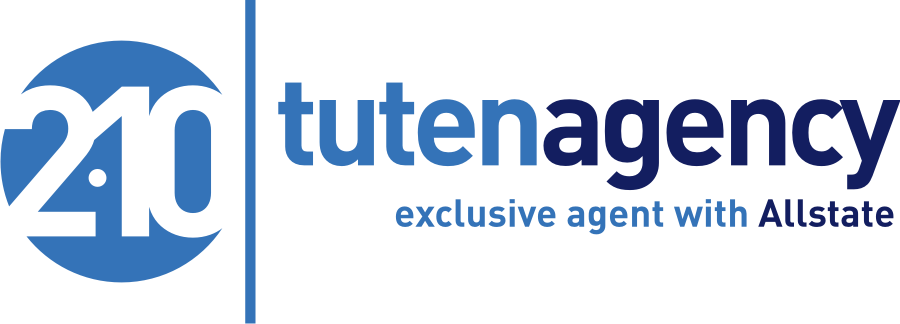Homeowners insurance is a cornerstone of financial protection for property owners, offering a safety net against various forms of damage like fire, theft, and natural disasters. However, nestled within the standard homeowners insurance policy is a lesser-known but equally important coverage that many policyholders may overlook: Medical Payments Coverage. This unique component covers medical expenses for visitors injured on your property, irrespective of fault, providing a critical financial shield against unforeseen accidents.
Medical Payments Coverage
Medical Payments Coverage is specifically designed to address the medical expenses of individuals who suffer accidental injuries within the confines of your property, excluding members of the household. Its primary appeal lies in its no-fault provision, offering coverage without delving into the complexities of who was responsible for the incident. This aspect not only simplifies the claims process but also minimizes the potential for costly legal disputes over monetary compensation. Importantly, this coverage extends beyond the physical boundaries of your home, covering incidents such as dog bites that occur in public spaces, thereby broadening its utility and appeal.
Coverage Limits and Scope
Typically, the coverage limit for Medical Payments within a homeowners policy ranges from $1,000 to $5,000. This limit, though seemingly modest, is intentionally designed to cater to minor injuries, providing a quick and efficient means to address immediate medical costs. Policyholders have the option to increase this limit, albeit at an additional premium, to enhance their coverage based on personal risk assessments. The policy covers “reasonable and necessary” medical expenses incurred within a year—or sometimes longer—after the accident, with the coverage amount applying per injured individual rather than per incident.
Expenses Covered by Medical Payments Coverage
The ambit of Medical Payments Coverage is surprisingly broad, encompassing a variety of expenses from ambulance rides and emergency room visits to surgeries, physical therapy, and even funeral services. For instance, if a neighbor were to injure themselves by chipping a tooth on your staircase, this coverage would kick in to cover the dental repair costs up to the policy limit, regardless of fault. However, it’s worth noting that this coverage has its exclusions, such as injuries to tenants or incidents related to home-based business activities, underscoring the need for policyholders to understand the specifics of their coverage.
Filing a Medical Payments Claim
The process for claiming Medical Payments Coverage is streamlined to ensure quick resolution. Injured parties can submit their medical bills directly to the insurance company, bypassing the need for a deductible and avoiding the complexities of a liability claim. This expedited process not only benefits the injured party by ensuring timely medical attention but also protects the policyholder from potential liability disputes. Documenting the conditions leading to the accident can further aid in clarifying the circumstances, should any disputes arise.
Distinguishing Between Medical Payments and Liability Coverage
While Medical Payments Coverage offers immediate financial assistance for small injuries, liability coverage serves as a broader protective measure, covering injuries where the homeowner is at fault with significantly higher limits, often starting at $100,000 to $500,000. Unlike Medical Payments Coverage, liability insurance also covers property damage and provides for legal defense costs, offering a more comprehensive shield against potential financial liabilities. For those seeking additional protection, umbrella insurance policies can further extend liability coverage, encompassing both homeowners and auto insurance policies.
Conclusion
Medical Payments Coverage represents a critical, though often underappreciated, component of homeowners insurance. By covering medical expenses for injuries on your property without delving into fault, it offers a straightforward solution to potentially complex problems. This coverage underscores the importance of thoroughly understanding your insurance policy’s nuances, ensuring that you are adequately protected against both minor mishaps and significant liabilities. In an ever-changing risk landscape, staying informed and proactive about your insurance coverage can provide peace of mind and secure financial protection for you and your visitors alike.
FAQs
How quickly are medical payment claims typically processed and paid out?
Medical payment claims are usually processed more quickly than liability claims because they don’t require an investigation into fault. However, the exact timeline can vary by insurance company and the specifics of the claim.
How do I file a medical payment claim if I am injured on someone else’s property?
If you’re injured on someone else’s property, you should inform the property owner of the incident. The property owner can then report the claim to their insurance company, which will guide you through the process of submitting medical bills for coverage.
Is there a deductible for medical payments coverage?
No, one of the benefits of medical payments coverage is that it typically does not require a deductible to be paid before benefits are distributed.
Protect your home with tutenagency
New to TutenAgency?
Get a homeowner insurance quote online or dial (334) 502-5111 to safeguard your home today.

